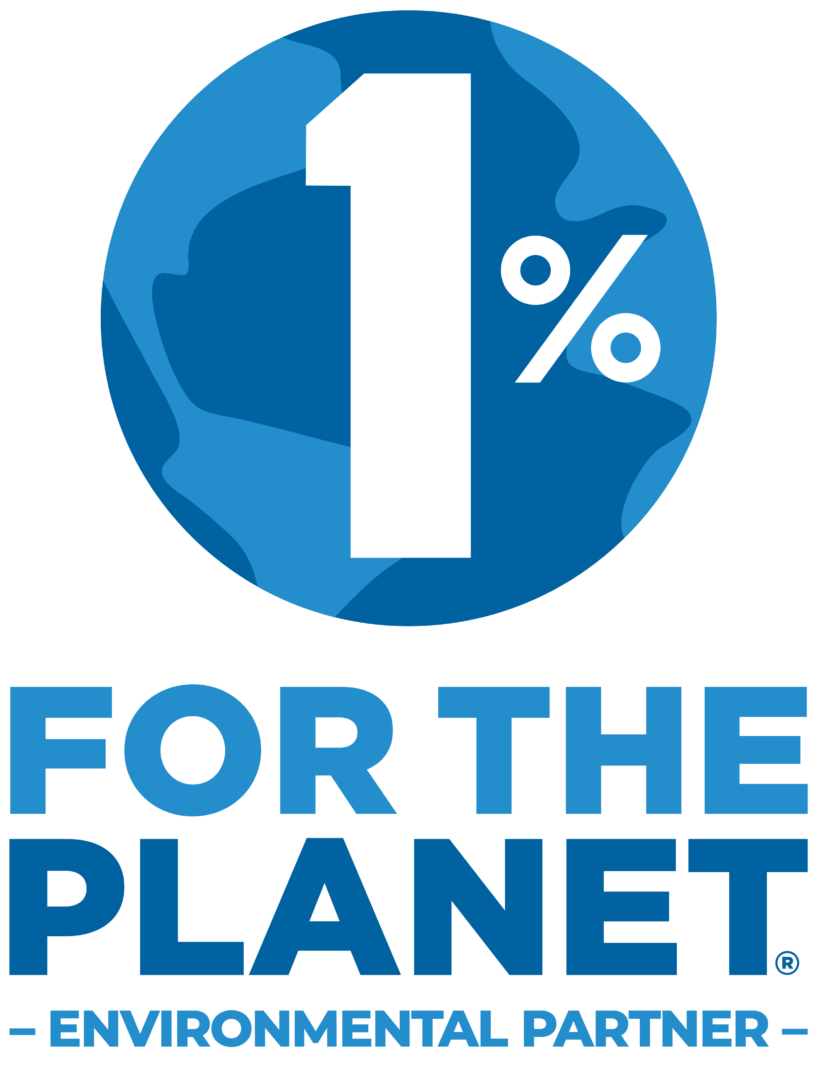We’ve made significant amounts of progress against poverty in recent times
When we look at things going wrong in the world, things like poverty and injustice, we must remember that it doesn’t have to be this way. God did not create the world intending for poverty and human suffering, and we’re called to be a part of ending it. Perhaps one of the biggest signs that this is possible is a statistical one.
The past 30-40 years have seen poverty significantly reduced. Since 1980, the number of people living in poverty is down to about a fifth of what it was. Poverty is now about a third of the size than it was in 1990 in terms of people affected.
Back then, nearly 2 billion people lived in extreme poverty. At the time, that accounted for over a third of the world’s population. Now? About 800 million people live in poverty, which is still too many, but a significant improvement over a short amount of time. This makes up about 10% of a world population that has grown greatly.
Poverty in East Asia and South Asia, particularly in the large nations of China and India has seen the largest reduction. This is the main contributor to the reduction of people living in poverty, along with the gradual, steady growth of many middle-income countries in Southeast Asia, Eastern Europe, and Latin America. The amount of people in poverty in Sub-Saharan Africa has grown, but at a slower rate than the overall population growth.
According to Max Roser and Esteban Ortiz-Ospina, there are two big lessons to be learned from this trendline. The first is that when countries in extreme poverty experience a season of hope, where it appears growth, things often take off. The other big example is that an entire country’s economy is what helps influence lifting individuals out of poverty.

Extreme Poverty since 1990
Poverty persists increasingly in rural areas
In the places where poverty continues to take a toll on people’s lives, you’ll find that it is predominantly a rural problem.
In fact, 85% of people around the world who live in poverty are rural. You can look at that statistic on a country-by-country basis and see similar numbers. In most of the world’s poorest countries, you can look at the population distribution and see that the rural percentage is often in the 80s.
Rural poverty further has an impact on urban poverty. In most major cities in countries that struggle with poverty, the poorest are often those who have migrated from rural areas. There is frequently an expectation of finding more opportunities to work or earn income in a large city that drives this migration.
To further make an impact against poverty we need to sharpen our understanding of the rural context.
In rural places, the poor often struggle with a lack of representation in centralized decision making. Their lack of infrastructure may make daily chores like going to school or getting drinking water extremely difficult. Rural areas are poverty's last frontier.

Poverty is 85% Rural
Understanding environmental health is key to beating poverty’s last frontier.
In rural areas where poverty persists, most people rely on agriculture for their living. They work home farms in order to provide their family with food. They also sell other crops grown in order to bring in an outcome. Agriculture is a very significant part of daily life and survival for these populations, often in remote areas.
This means that a healthy environment is critical in order for these populations to live well. Their survival is directly affected by things like deforestation, biodiversity loss, or changes in climate.
Addressing the environmental issues may make it easier to take care of the planet in a long-term fashion. When farmers are able to grow enough crops for immediate survival, they can abandon practices. These may include field burning or tree cutting. These harmful practices for the ecosystem that are often used as a last resort for cash.
These populations remind us that environmental concerns aren’t only a matter of future concern. They already affect people in the present moment. The people they most affect are among the most vulnerable.
If environmental conditions worsen over the next few years, it may undo much of the progress reached over the past few decades. On the other hand, what if we reversed the trends of deforestation and extinction? We would see progress in rural areas that helps us make an impact on poverty’s final frontier.
We believe that we can be a part of creating more stories of hope for our planet. To invest in restoring the relationship between people and the planet for just $22, you can sign up to be a Purpose Partner. Visit this part of our site to learn more.

















